Improving health literacy is crucial in today's fast-paced world, where access to information is at our fingertips, but understanding it can be a challenge. Many individuals struggle to comprehend health-related information, which can lead to poor decisions regarding their well-being. By enhancing our communication strategies and making health resources more accessible, we can empower everyone to take charge of their health. Join us as we explore actionable suggestions that can elevate health literacy in our communities!
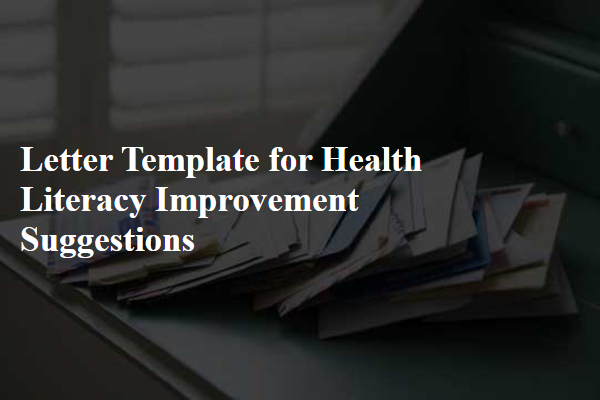
Clear and simple language
Health literacy improvements are essential for enhancing patient understanding of medical information. Utilizing simple language can significantly aid in conveying complex concepts. For instance, instead of "hypertension," using "high blood pressure" can make a significant difference. In educational materials, incorporating visuals like diagrams or infographics can also enhance comprehension, especially for chronic conditions like diabetes. Additionally, employing active voice rather than passive can lead to clearer communication. Regular workshops in community settings can provide valuable opportunities for individuals to engage with healthcare information effectively. Tools such as readability formulas (e.g., Flesch-Kincaid) can help assess the complexity of health materials, ensuring that they cater to various literacy levels.
Use of visuals and infographics
Health literacy improvement can significantly benefit from the incorporation of visuals and infographics in educational materials. Utilizing diagrams that illustrate complex medical concepts, such as the human anatomy or disease progression, can enhance comprehension among diverse audiences. Infographics that summarize statistics, such as the prevalence of chronic diseases like diabetes affecting over 34 million Americans, can effectively convey critical information quickly. Additionally, employing color-coded charts or pictograms can aid in explaining treatment options, medication instructions, and lifestyle modifications, making information more accessible to individuals with varying literacy levels. Implementing these visual strategies can empower patients, fostering informed decision-making and promoting better health outcomes.
Culturally relevant examples
Health literacy improvement initiatives must focus on culturally relevant examples to enhance understanding and engagement. Diverse communities, such as African American, Hispanic, and Asian populations, often have unique health beliefs and practices that should be integrated into educational materials. For instance, incorporating traditional remedies and local health practices can resonate more meaningfully with these groups, encouraging better health management. Educational workshops in accessible venues like community centers or places of worship can facilitate discussions on nutrition and preventative care while using familiar narratives. Utilizing visual aids and storytelling techniques grounded in cultural context enables retention of medical information. Additionally, collaboration with trusted community leaders can instill confidence and promote participation in health literacy programs, ultimately fostering a more informed populace.
Interactive and engaging content
Interactive and engaging content enhances health literacy by facilitating better comprehension and retention of medical information. Online platforms focus on multimedia elements like videos, infographics, and interactive quizzes to make complex health concepts more accessible. For example, incorporating storytelling in health education allows patients to relate personal experiences, making the information more relatable and memorable. Mobile applications, such as MyFitnessPal or Headspace, utilize gamification techniques to motivate users to adopt healthier lifestyles, track their progress, and stay informed about health-related topics. In community settings, workshops and hands-on demonstrations, particularly in diverse urban areas like Los Angeles or Chicago, emphasize active participation that fosters deeper understanding and encourages discussions among peers.
Personalized and actionable recommendations
Health literacy encompasses the ability to obtain, interpret, and understand basic health information for informed decision-making. Enhancements in health literacy can significantly impact patient outcomes. Personalized strategies, such as tailored educational resources, can empower individuals to comprehend their health conditions, medications, and care plans. Actionable recommendations include implementing community workshops in local health centers to foster understanding of chronic diseases like diabetes (affecting 34.2 million Americans). Utilizing digital apps can facilitate patient engagement, providing reminders for medication adherence and easy access to health information. Furthermore, integrating visual aids and plain language in medical documents can bridge comprehension gaps, aiding in the retention of critical healthcare information. By adopting these methods, healthcare professionals can drive improvements in health literacy, fostering healthier communities.
Letter Template For Health Literacy Improvement Suggestions Samples
Letter template of recommendations for enhancing health literacy initiatives.
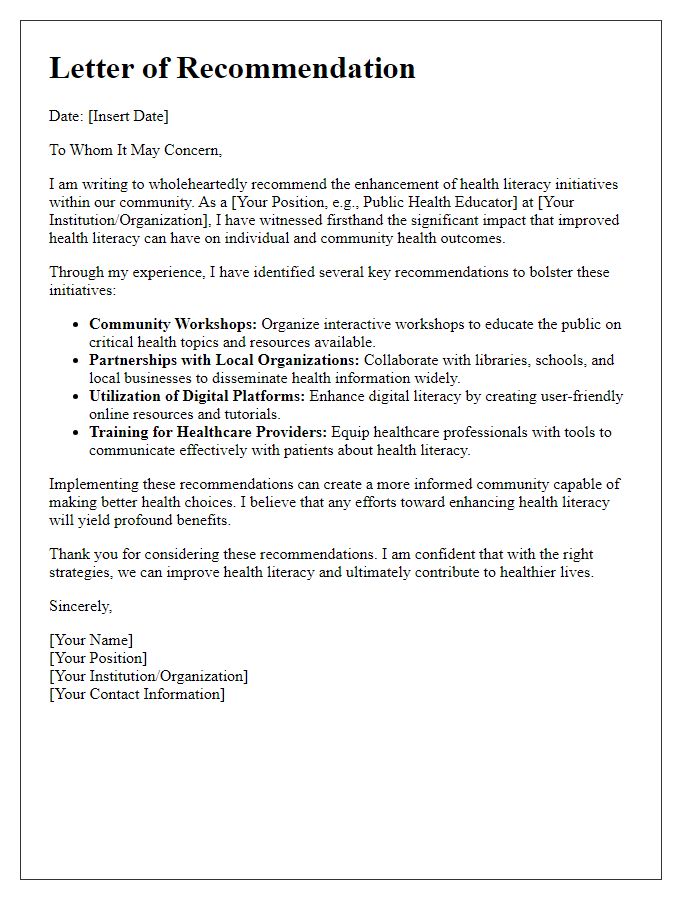
Letter template of proposals for boosting community health literacy efforts.
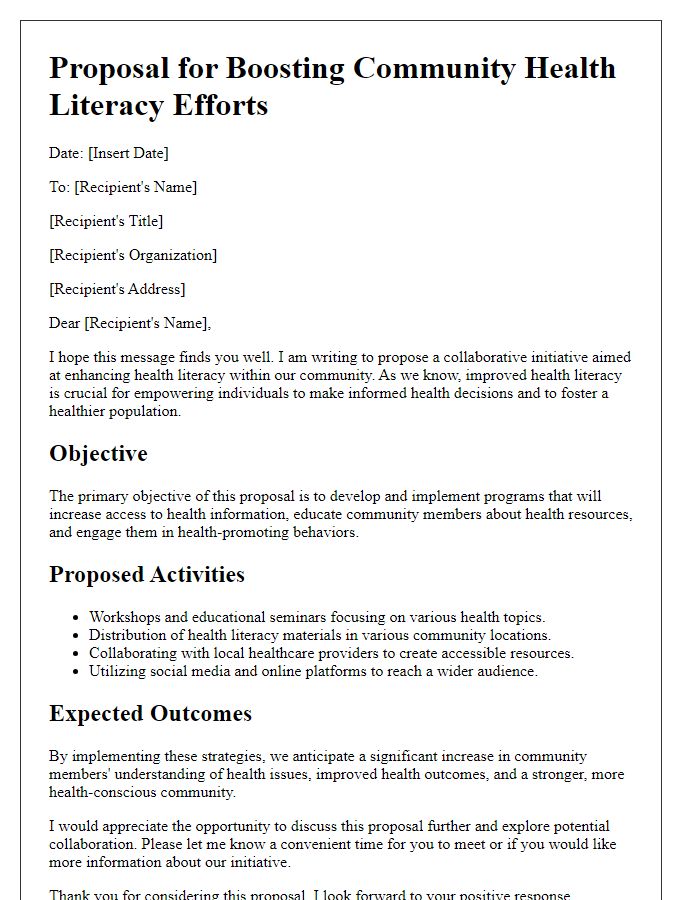
Letter template of ideas for advancing health literacy among diverse populations.
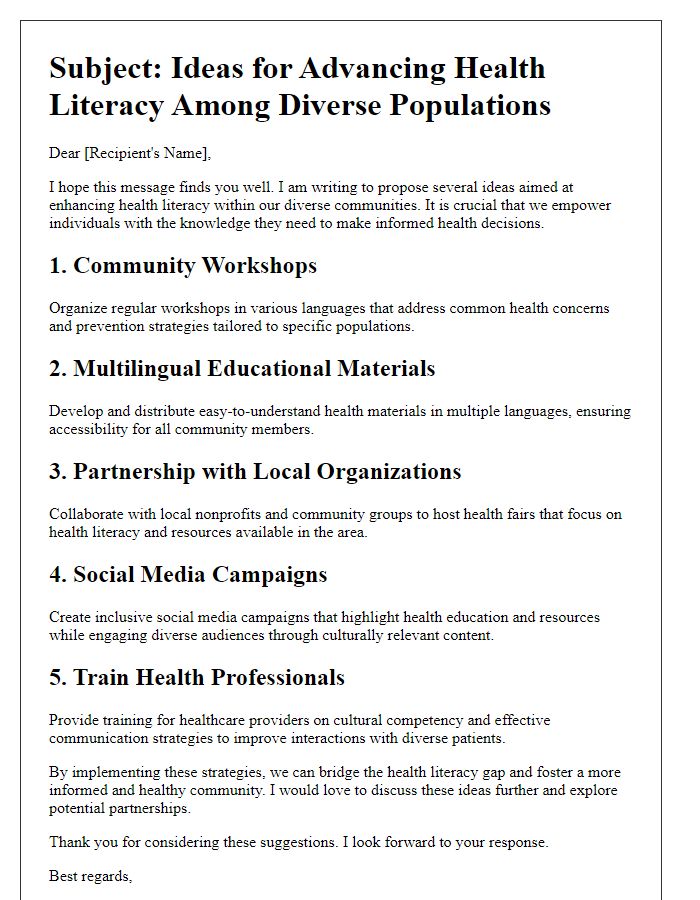
Letter template of strategies for improving patient understanding of health information.
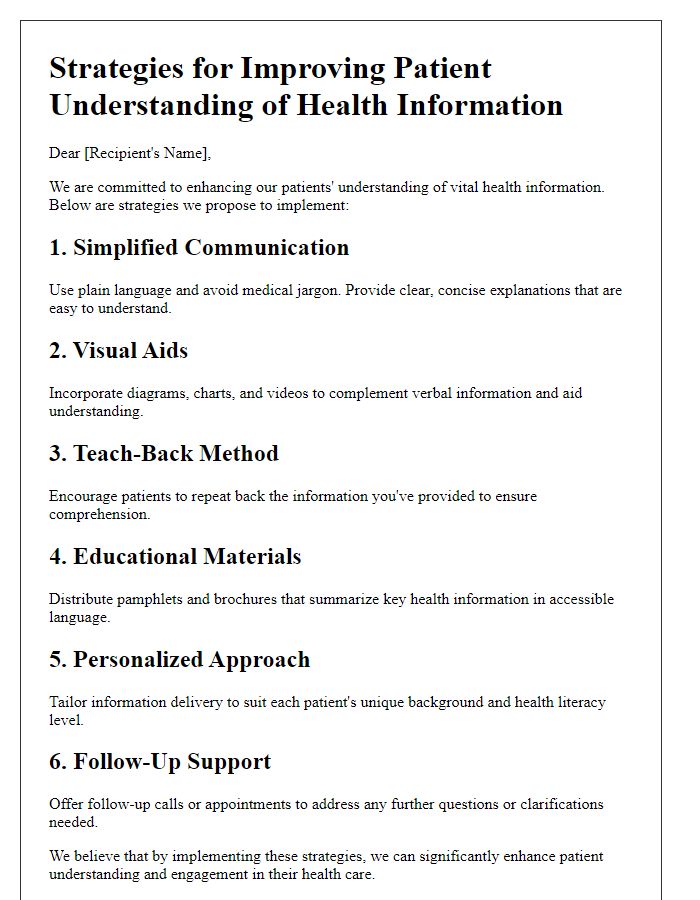
Letter template of insights for developing effective health literacy programs.
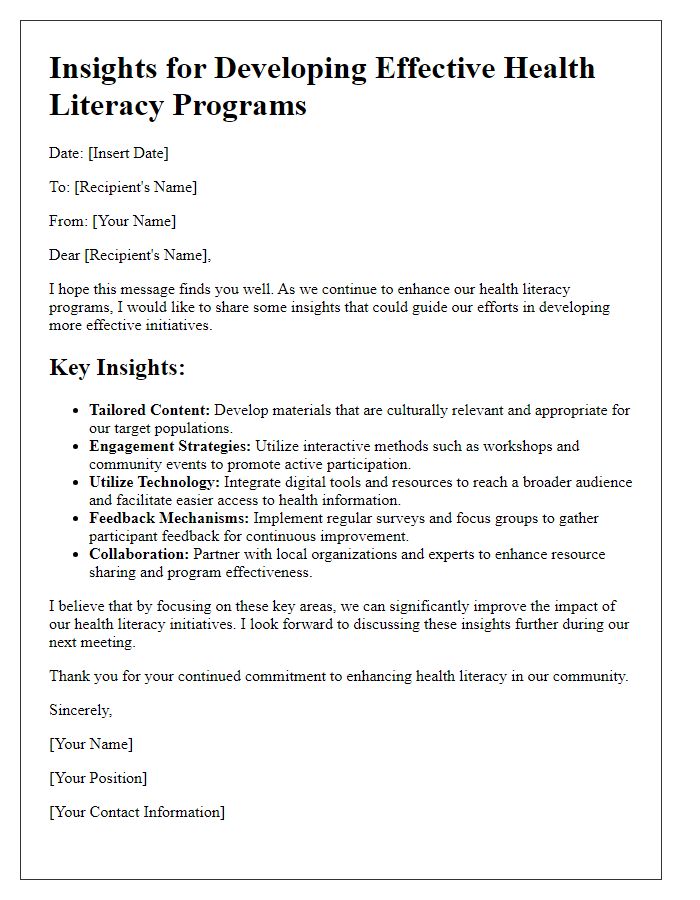
Letter template of methods for increasing accessibility of health education materials.
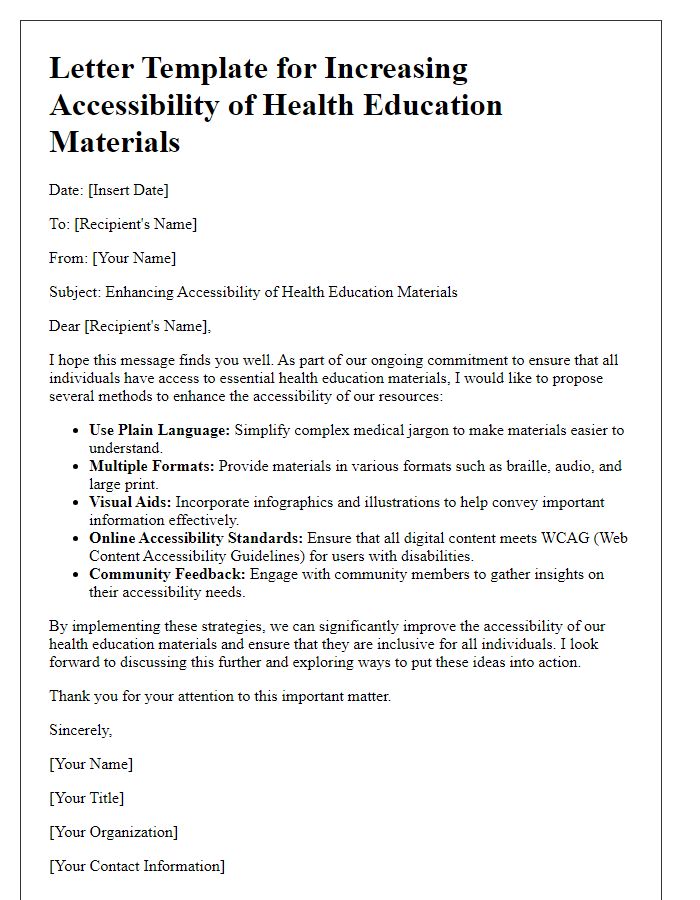
Letter template of action points for promoting health literacy in schools.

Letter template of best practices for engaging healthcare professionals in health literacy.
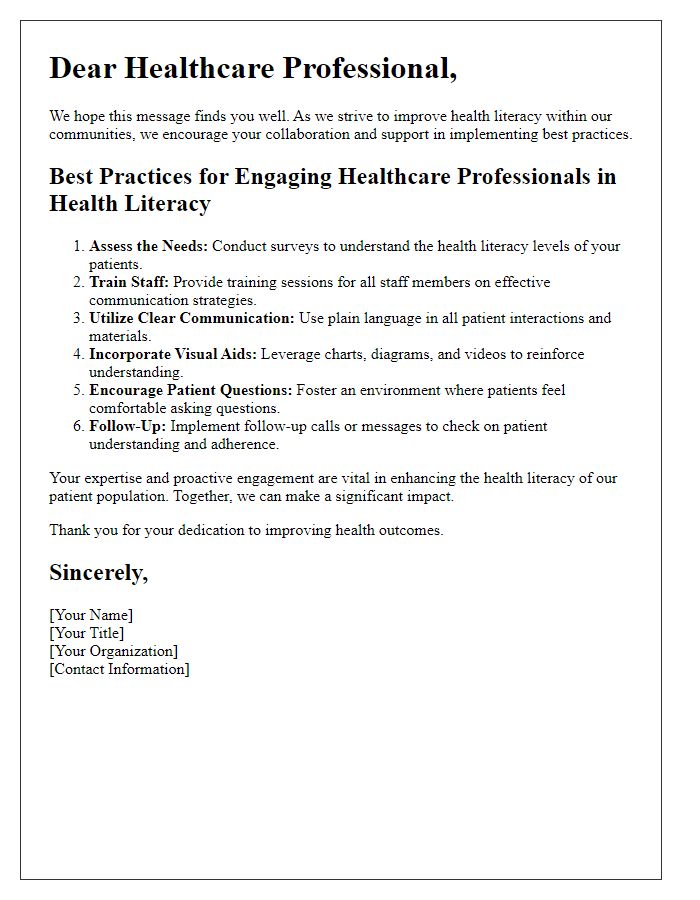
Letter template of feedback for refining health literacy training workshops.
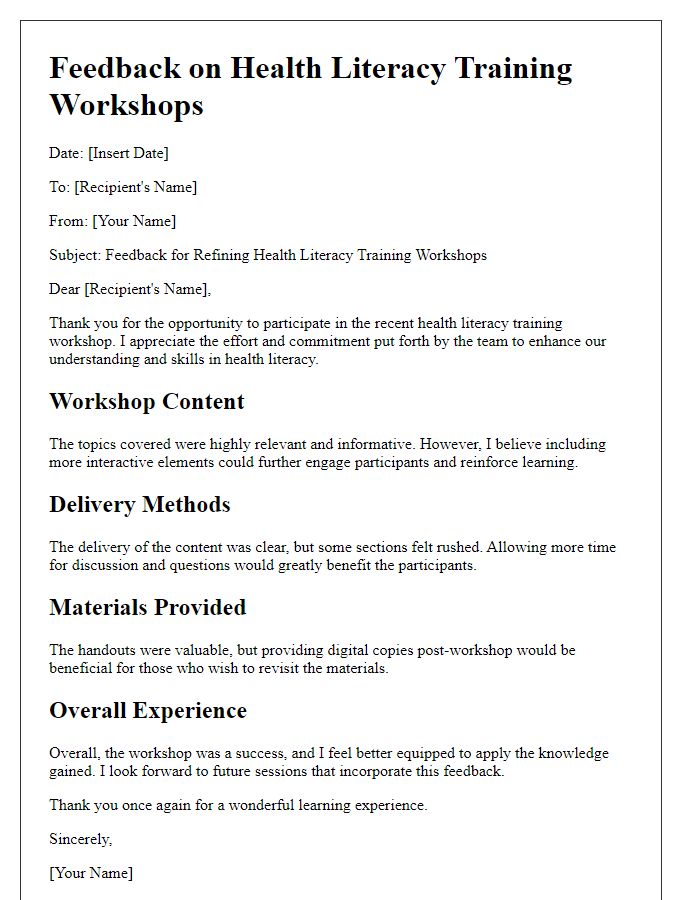

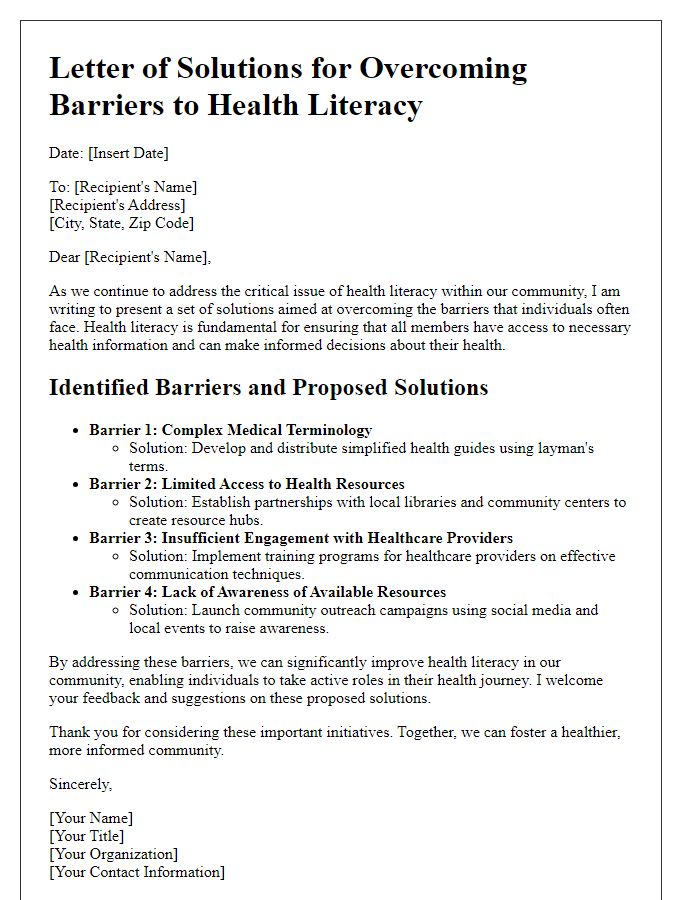

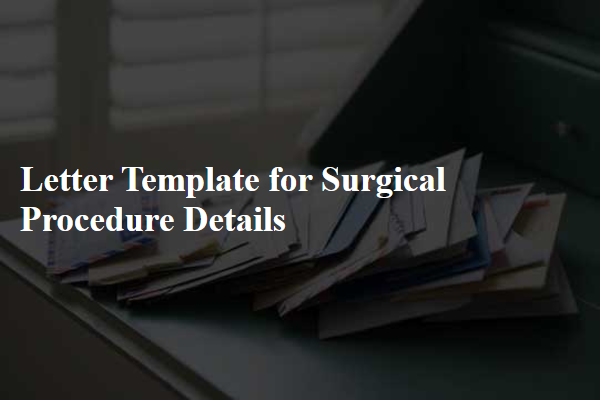
Comments